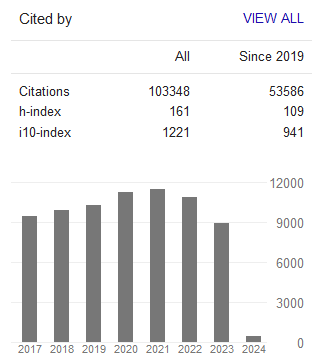Rethinking Pro-Active Disaster Planning in the Workplace: The Case of a Selected Mine in Zimbabwe
- Langtone Maunganidze
- Farai Ncube
- Peter Sibanda
Abstract
In the history of the mining sector in Zimbabwe, one occupational disaster that evokes sad memories is the 6June 1972 Kamandama incident at Hwange Colliery Company that claimed 427 miners. One of the challengesconfronting the mining sector is capacity to prepare for such uncertainties and complexities. Events such as therescue of trapped miners in Chile, and the recent Zimbabwean Platinum mine case in which 78 workers weretrapped underground although successfully rescued are one of the few cases that have brought about aheightened global consciousness of the need for effective disaster and crisis management practices. This paperexplores the nature and extent of the emergency or disaster preparedness of mining sector in Zimbabwe usingthe case of ABC mine’s (not its real name) experiences and practices. The study which is influenced bypostmodernism, adopts a predominantly qualitative research design. It uses a mixture of both primary andsecondary data. The paper’s central argument is that contemporary pro-active planning processes havelimitations in as far as helping companies cope with the complex challenges such as disasters or emergencies.Emergencies and disasters are relatively ‘wicked’ problems which may only be managed by use of ‘post-normal’planning strategies. In a world of such complex and shadowy possibilities organizations do not know if theirstrategies are appropriate or what consequences might be. The idea of ‘pro-active’ planning is a mirage that onlyserves to perpetuate the illusion that risk to workplace disasters is controllable or manageable. Overall, most ofthe prevention, response and post- recovery initiatives, are effectively managerial devices or representations toenhance the reputation of the organization.
- Full Text:
 PDF
PDF
- DOI:10.5539/ijbm.v8n15p90
Journal Metrics
Google-based Impact Factor (2023): 0.86
h-index(2023): 152
i10-index(2023): 1168

Index
- Academic Journals Database
- AIDEA list (Italian Academy of Business Administration)
- ANVUR (Italian National Agency for the Evaluation of Universities and Research Institutes)
- Berkeley Library
- CNKI Scholar
- COPAC
- EBSCOhost
- Electronic Journals Library
- Elektronische Zeitschriftenbibliothek (EZB)
- EuroPub Database
- Excellence in Research for Australia (ERA)
- Genamics JournalSeek
- GETIT@YALE (Yale University Library)
- IBZ Online
- JournalTOCs
- Library and Archives Canada
- LOCKSS
- MIAR
- National Library of Australia
- Norwegian Centre for Research Data (NSD)
- PKP Open Archives Harvester
- Publons
- Qualis/CAPES
- RePEc
- ROAD
- Scilit
- SHERPA/RoMEO
- Standard Periodical Directory
- Universe Digital Library
- UoS Library
- WorldCat
- ZBW-German National Library of Economics
Contact
- Stephen LeeEditorial Assistant
- ijbm@ccsenet.org
